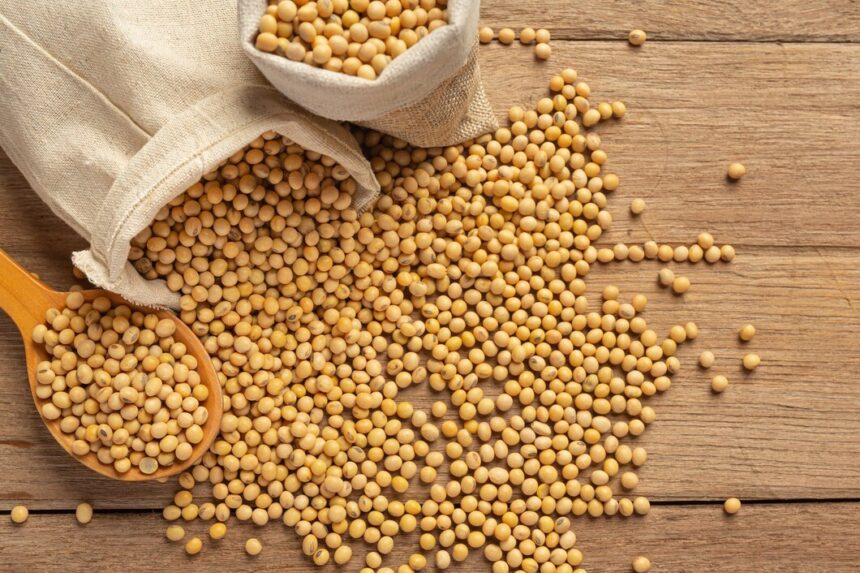Soybeans are a versatile and valuable crop grown extensively in South Africa for various purposes, including human consumption, animal feed, and industrial uses. Maximizing the quality and yield of soybean crops is essential for meeting market demands, ensuring profitability, and contributing to food security. Here are several techniques that South African farmers can employ to enhance the quality and yield of soybeans:
1. Variety Selection
Choose soybean varieties that are well-adapted to local growing conditions, including soil type, climate, and disease resistance. Selecting high-yielding varieties with desirable agronomic traits can improve crop performance and overall yield potential.
2. Optimized Planting Practices
Implement optimal planting practices such as proper seedbed preparation, seeding rates, and planting dates to promote vigorous seedling emergence and early growth. Plant soybeans at the correct depth and spacing to maximize plant stand density and canopy development.
3. Nutrient Management
Implement a balanced nutrient management program based on soil testing and crop nutrient requirements. Apply fertilizers, lime, and organic amendments as needed to correct nutrient deficiencies and optimize soil fertility for healthy soybean growth and development.
4. Water Management
Manage irrigation efficiently to ensure adequate moisture levels throughout the growing season, especially during critical growth stages such as flowering and pod development. Implement irrigation scheduling, moisture monitoring, and water-saving techniques to optimize water use efficiency and mitigate drought stress.
5. Weed Control
Implement effective weed control strategies to minimize competition for nutrients, water, and sunlight. Use integrated weed management approaches, including herbicides, cultural practices, and crop rotation, to suppress weed growth and maintain clean soybean fields.
6. Disease and Pest Management
Monitor soybean crops regularly for signs of diseases, pests, and insect damage. Implement preventive measures such as crop rotation, disease-resistant varieties, and timely insecticide applications to control common pests and pathogens and minimize yield losses.
7. Crop Rotation
Rotate soybeans with other crops such as maize, wheat, or legumes to break pest and disease cycles, improve soil health, and reduce production risks. Rotate crops strategically to optimize nutrient cycling, weed suppression, and overall crop productivity.
8. Integrated Pest Management (IPM)
Adopt integrated pest management (IPM) practices to control insect pests while minimizing environmental impacts and pesticide resistance. Use biological control agents, cultural practices, and selective insecticides to manage pest populations and preserve natural enemies.
9. Harvest and Post-Harvest Management
Harvest soybeans at the optimal stage of maturity to maximize yield and quality while minimizing shattering and harvest losses. Implement proper harvesting techniques, drying, and storage practices to maintain seed quality, prevent contamination, and minimize post-harvest losses.
10. Continuous Learning and Adaptation
Stay informed about the latest research, best practices, and technological advancements in soybean production. Attend workshops, field days, and extension events to learn from experts and share knowledge with other farmers. Continuously evaluate and adapt management practices to improve efficiency, sustainability, and profitability.
Enhancing the quality and yield of soybeans in South Africa requires a combination of sound agronomic practices, effective pest and disease management, and sustainable production techniques. By implementing techniques such as variety selection, optimized planting practices, nutrient and water management, weed and pest control, crop rotation, and post-harvest management, South African farmers can maximize soybean productivity, profitability, and sustainability. By prioritizing soil health, environmental stewardship, and continuous improvement, farmers can contribute to the growth and success of the soybean industry while meeting the demands of domestic and international markets.
Join 'Farmers Mag' WhatsApp Channel
Get the latest Farming news and tips delivered straight to your WhatsApp
CLICK HERE TO JOIN






